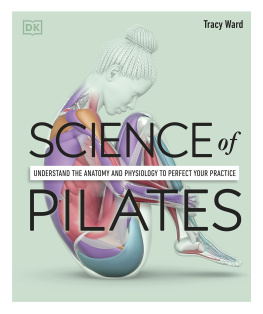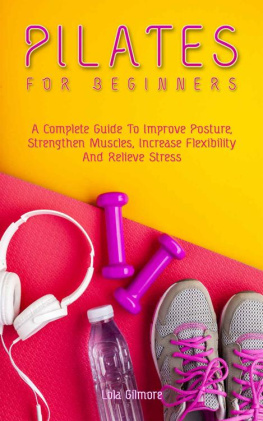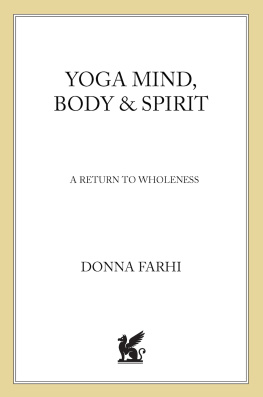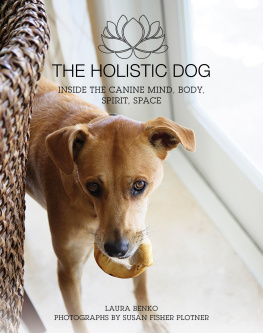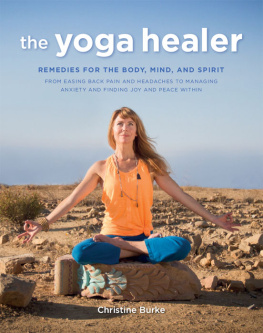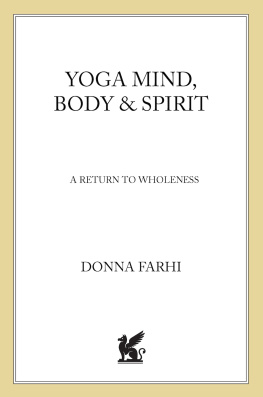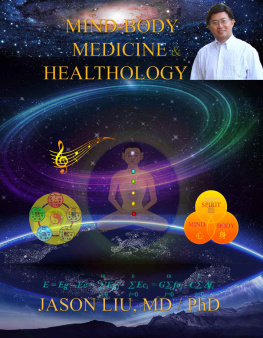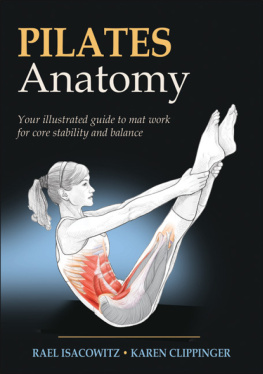PILATES
FUSION
To the spirit of my ancestors from both the East and West.
Thank you for inspiring me to create a bridge that blends the best of these rich cultures for the benefit of all people.
Copyright 2004 Shirley Sugimura Archer. Illustrations copyright 2004 by Nicole Kaufman. All rights reserved. No part of this book may be reproduced in any form without written permission from the publisher.
Library of Congress Cataloging-in-Publication Data available.
ISBN: 978-1-4521-2604-3
Chronicle Books LLC
680 Second Street
San Francisco, California 94107
www.chroniclebooks.com

TABLE OF
CONTENTS

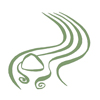

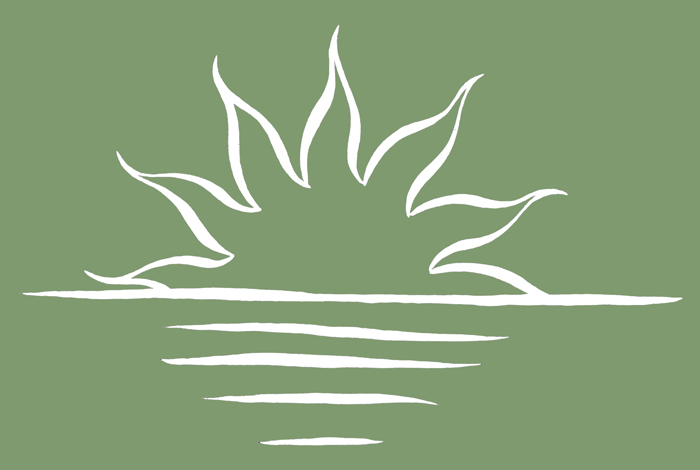
part I
PILATES FUSION FOR EVERY BODY
As rivers have their source in some far off fountain, so the human spirit has its source.
To find this fountain of spirit is to learn the secret of heaven and earth.
{Lao-tsu}
chapter 1
UNDERSTANDING PILATES FUSION: AN INTRODUCTION
Physical fitness can neither be acquired by wishful thinking nor by outright purchase.
{Joseph Pilates}
You deserve to get the most out of life. In order to do this, you need to have a healthy body, a clear mind, and a soaring spirit. Pilates Fusion, much more than a run-of-the-mill exercise book, aims to teach you what you need to know to condition your body and your mind and to release your inner spirit. By following the simple steps in this book you can be strong, beautiful, fit, and fantastic for life.
Its never too early or too late for you to start feeling your best. Seize the moment and make it yours.
What Is Pilates?
Pilates is a terrific way to get in shape, flatten your stomach, tone up your muscles, and improve your posture. Its also an excellent way to restore your body after pregnancy or improve your sports performance. After practicing a few months, you (and others!) will notice the change in your physique.
The Pilates practice includes exercises performed on a floor mat and exercises done using specialized equipment such as the Reformer, the Trapeze Table, and the Wunda Chair. The Pilates mat practice may be performed alone or be augmented by the use of props or equipment. In an effort to make Pilates accessible to everyone, this book focuses on mat exercises that require a minimal amount of equipment.

The Pilates approach works for everyone because it trains and conditions the deepest muscles at the bodys center, or core. When you train your core muscles, your posture and your body awareness improve. And when you perform the coordinated muscle movement patterns of Pilates, your grace, ease, and efficiency of movement also increase. For most people, this means eliminating back pain and reducing back injuries, not to mention firming up the abdominal and torso muscles. For athletes, it means improving speed and power and reducing injuries.
Pilates targets the core muscles, those internal muscles that we so often forget about when performing conventional workout routines. These muscles stabilize the spine, shoulders, and pelvis. The core muscles lie on top of one another in layers. The deepest muscles stabilize the spinal column and give the brain position sense information about where the vertebrae are in space and in relation to the rest of the body. The muscles in the middle layer brace the spinal column, particularly the lower back, helping to prevent injuries. The muscles in the outermost layer move the trunk. When you bend, twist, or rotate, you are using the outer-layer muscles. Exercise and movement professionals refer to these outermost muscles as global, or mover, muscles.
Historically, body-building exercises have targeted mover muscles because these muscles lie directly under the skin and are most visible when toned. However, research shows that the most effective core training targets each layer of muscles to optimize spinal stabilization and overall fitnessin effect, working from the inside out. East Asian movement disciplines such as Tai Chi Chuan (a slow, meditative form of shadow boxing), Qigong, karate, and other martial arts also emphasize training from the bodys center, known as tan tien in Chinese and hara in Japanese. Joseph Pilates referred to the use of the deeper abdominal muscles as centering or strengthening the powerhouse.
FIND YOUR DEEPER ABDOMINAL MUSCLES
Heres a great exercise to help you distinguish between your deeper stabilizer muscles and your more superficial mover muscles.
Stand tall and place your palms on your belly. Inhale and, as you exhale, bend forward slightly. Notice that, as you bent forward using your mover (rectus abdominus) muscles, your belly bulged downward.
Stand tall again with your palms on your belly. Inhale and, as you exhale, draw your navel toward your spine, scooping your abdominal area. Maintain this muscle action in your abdominals. Inhale again, then exhale and bend forward, keeping your navel lifted up toward your spine. This time notice that, as you bent forward, your belly did not bulge downward but instead stayed up close to your spine.
Stand up and relax.
Activating your deeper abdominal muscles kept the belly from bulging. When you perform your Pilates exercises, you will consistently activate the deeper abdominal layer.
QUICK POSTURE CHECK
Before you begin your Pilates program, assess your posture to create a benchmark against which to measure your progress.
Wear minimal, form-fitting clothing so you can see your physique.
Stand naturally, facing sideways, in front of a full-length mirror. Turn your head to view yourself in the mirror.
Check to see whether your ears and the midpoints of your shoulder, hip, knee, and ankle are in a straight line.
Notice whether your lower back is flat, excessively arched, or neutral.
Notice whether your palms face the sides of your body or your shoulders round forward with your palms facing back.
After exercising regularly for one month, recheck your posture for any improvement.
When we focus on building only the mover muscles, we create imbalances that can lead to injury and chronic pain. If the inner stabilizer muscles are weak, then the outer mover muscles must assist in stabilization functions. This inefficient, unbalanced division of muscle labor can lead to chronic tension and pain in mover musclesparticularly in the lower-back, neck, and shoulder areaswhich are not designed to play a bracing role.
An imbalance can also occur when one part of an opposing muscle group (such as the biceps and triceps, or the chest and back muscles) dominates the other due to greater strength. For example, if you sit at a desk all day, your chest and front-shoulder muscles are probably stronger than your upper-back and rear-shoulder muscles, causing your shoulders to round forward.


